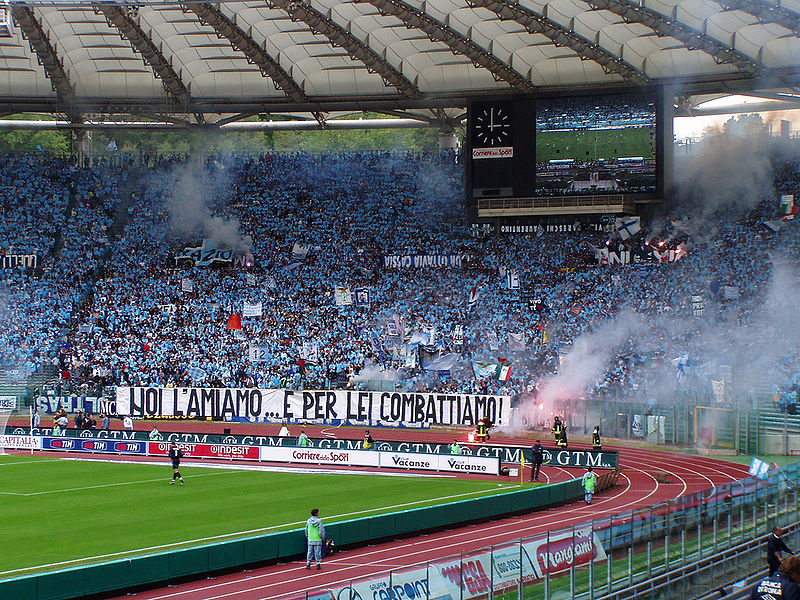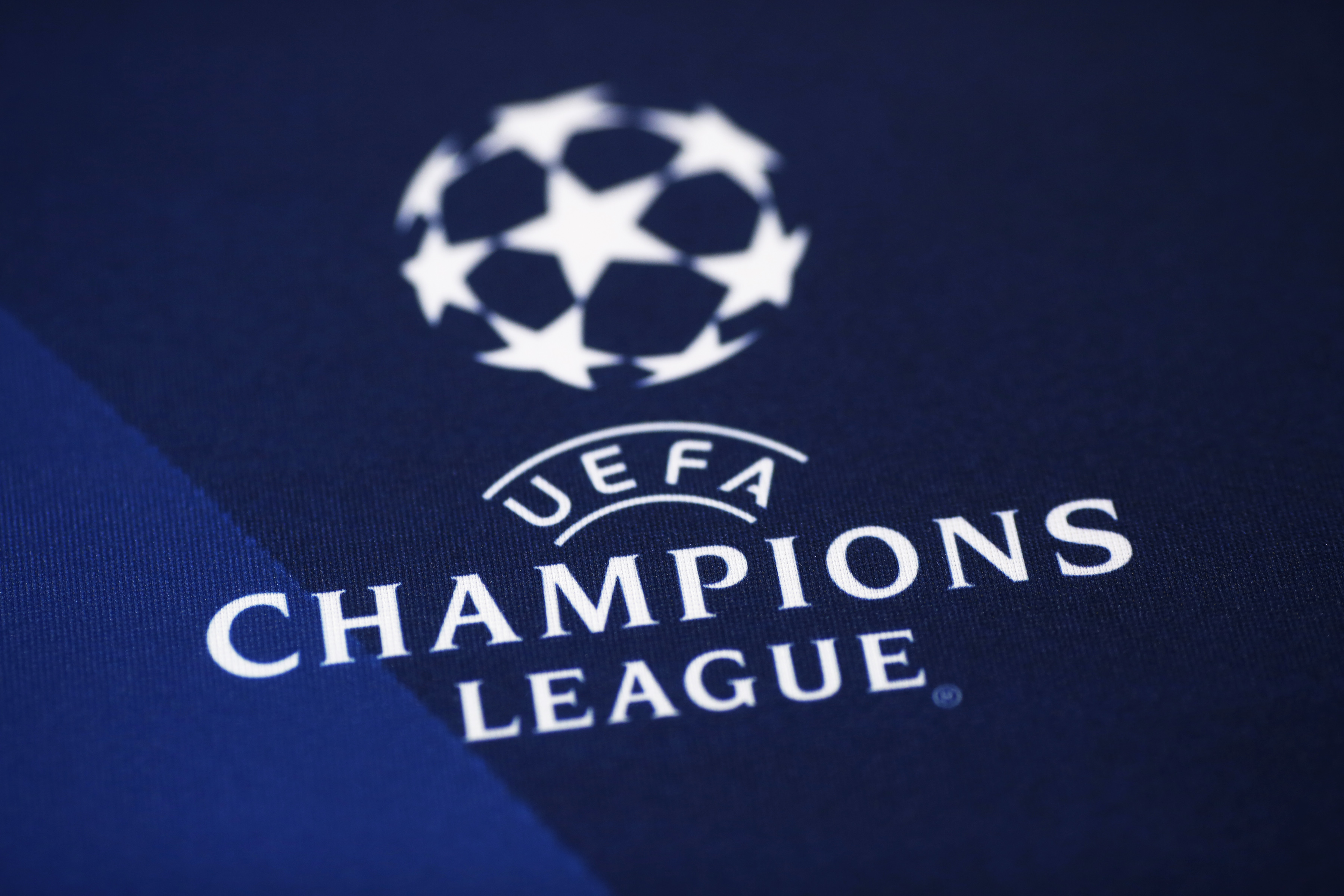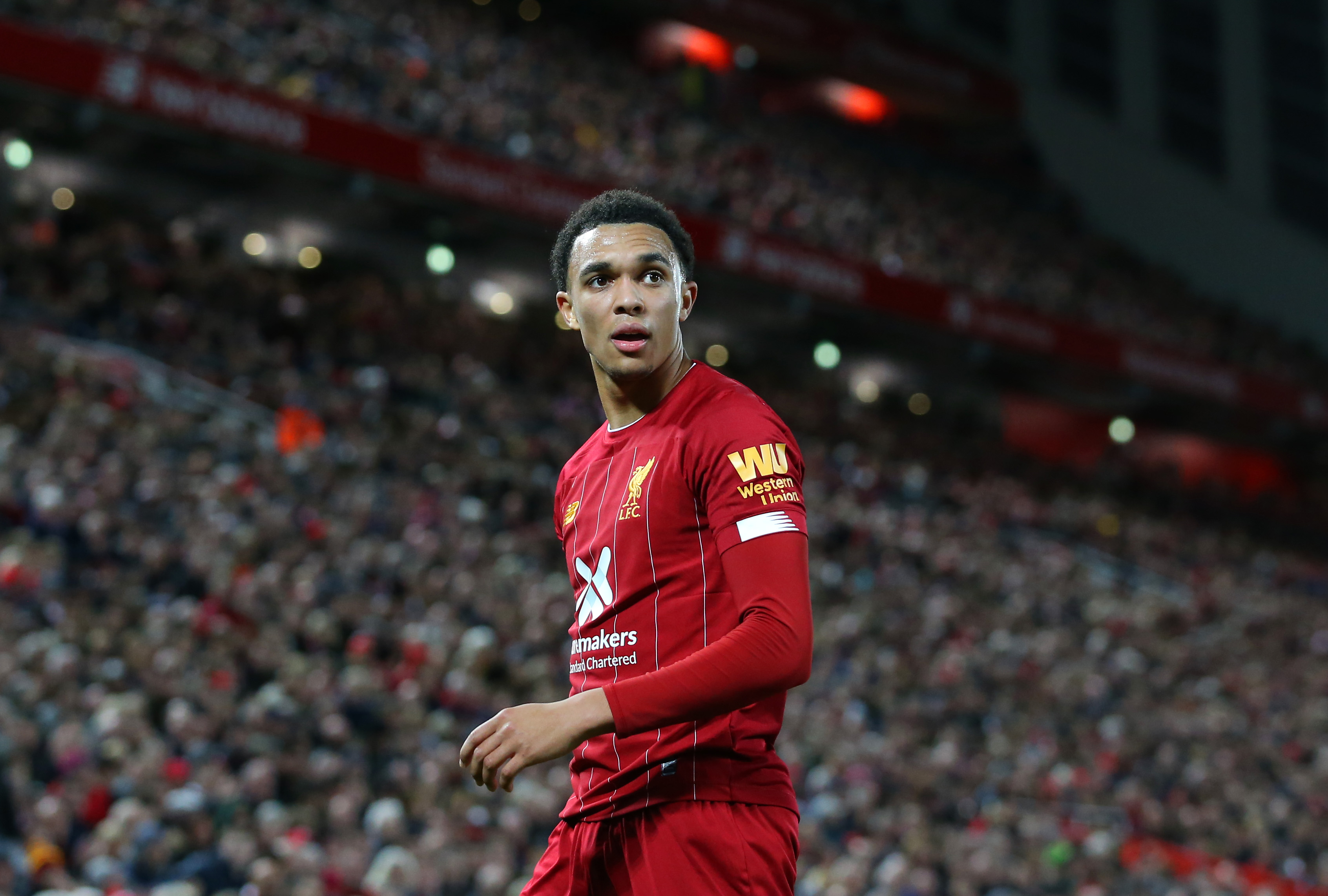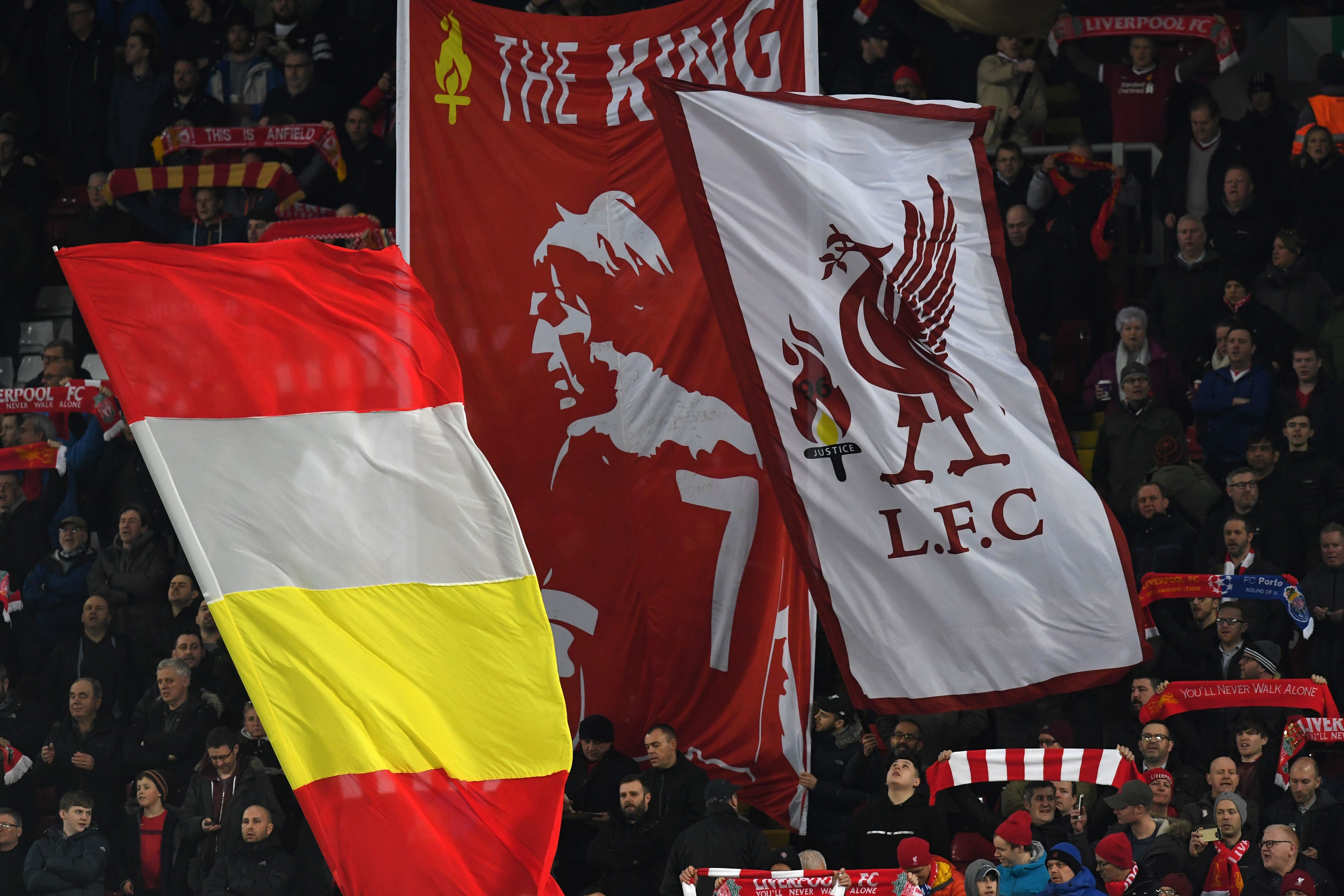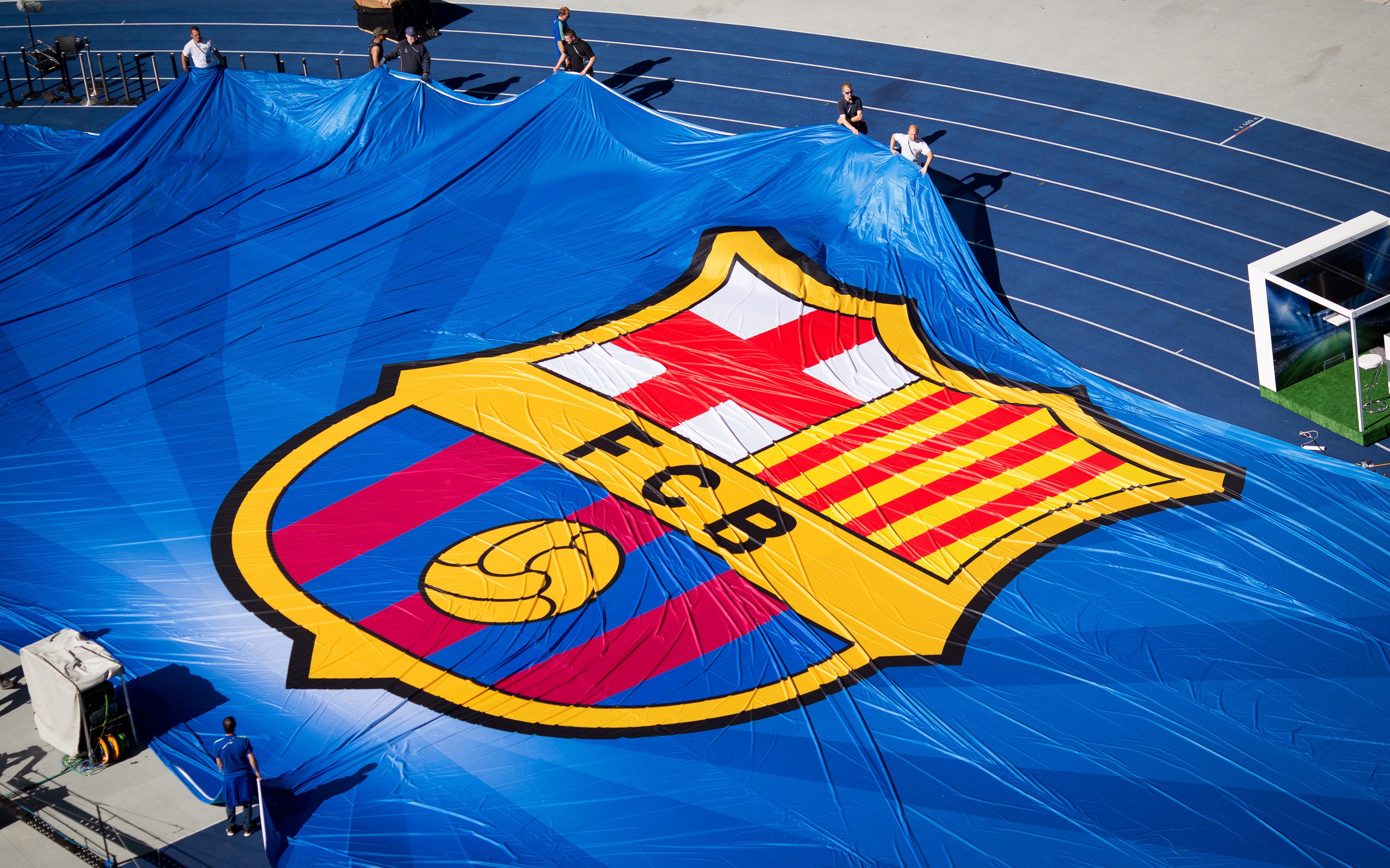It’s strange how a simple game of kicking a ball around the park involving 22 men can have a huge impact on society. Mussolini was the first to recognize the power of soccer as a key tool in creating national unity and international prestige. It was he, who created the Serie A in 1929 and it was he, who once again made FIFA ‘an offer you can’t refuse’ to hold the 1934 World Cup in Italy. What followed is etched forever in the annals of history.
However, it makes one wonder about the real power of football and its impact on society, in general. S.S. Lazio of Rome is a throwback to that era of fascism. So much so, that one of their well-known players, Paolo di Canio, had fascist emblems tattooed on him and twice, infamously, gave the Fascist salute when he scored. In his defense, he said “I will always salute as I did because it gives me a sense of belonging to my people. I saluted my people with what for me is a sign of belonging to a group that holds true values, values of civility against the standardization that this society imposes upon us.“
The humble beginning
It all began on the 9th of January, 1900, when a group of nine young friends led by a certain Luigi Bigiarelli founded the ‘Tracking Association’ in Piazza della Libertà, Rome. “It cannot be named Roma“, he said, “we should give to it the greatest name, a name in which Roma is included: Lazio“. His proposal was greeted with enthusiastic response. He continued, “Colours will draw inspiration from Greece, the land of Olympic Games. White and Blue“. And so was born Società Podistica Lazio or Lazio Track and Field Club. Società Sportiva Lazio, or S.S. Lazio, the football club is a part of it. It was established in 1902 and formalized in 1910. Currently, Lazio sports club is the largest of its kind in the world, participating in 37 disciplines.
The symbol of S.S. Lazio became the Imperial Eagle, an emblem of the ancient Roman legions and also an image of greatness of Rome in the world. As a result of this, Lazio earned two nicknames – le Aquile (the Eagles) and Aquilotti (Young Eagles).
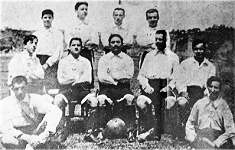
Their first years in Italian football were mere pioneering efforts. The first major victory came their way when they won a Roman championship called I Categoria. They even managed to reach the final of the national championship playoff on successive occasions, but were beaten in 1913 by Pro Vercelli and in 1914 by Casale. World War I descended upon Europe and football took a backseat. Coming back from the enforced hiatus, the Biancocelesti came close to their first Scudetto in the year 1923, only to be thwarted by an inspired Genoa side, which beat them 4-1.
The year 1927, saw another upheaval in the club when the Fascist regime decided to merge all the Roman clubs into a single one, so as to give Rome a strong club to rival the dominant Northern Italian clubs of that time. Italo Foschi managed to merge the following Roman clubs – Roman FC, SS Alba-Audace and Fortitudo-Pro Roma SGS.
The only club that stood in his way was Lazio, and at the helm of that intervention was Fascist Militia General George Vaccaro, who was a member of the club and also an executive of the Italian Football Federation. Being a Lazio fan himself, he defended the club’s right to keep its identity and hence Lazio emerged as the sole opposition to the new team, A.S. Roma. This also led to the formation of Derby della Capitale, which is one of the most heated and emotional football rivalries in the world.
The early years
The club did not fare well in its first season in Seria A, when they managed to finish as low as the 15th position. Lazio hold the distinct record for having the first Brazilian coach in Italian football to coach them in the form of Amílcar Barbuy. However, his influence did not have much effect on Lazio as they struggled to achieve good results in the league. Karl Stürmer, who had the distinction of being the first coach in Lazio history to register a victory over Roma in the Derby della Capitale, duly replaced him.
The managerial merry-go-round, however, would continue for some more time, when Walter Alt replaced him. His arrival ushered in the first wave of stars into the team with the arrival of Silvio Piola and Attilo Ferraris IV. Lazio was the first major club that Piola played in, and it is also here where he amassed 148 goals in 227 appearances, before moving to Torino in the year 1934. Piola went on to become the highest goal-scorer in Serie A history comfortably beating the likes of Gunnar Nordhal, Giuseppe Meazza, Jose Altafini and Roberto Baggio and has not been replaced since. A World Cup medal with the national team only glorified his achievements. Under his guidance, Lazio reached as high as second in 1937, which would remain to be their highest placed finish before World War II.
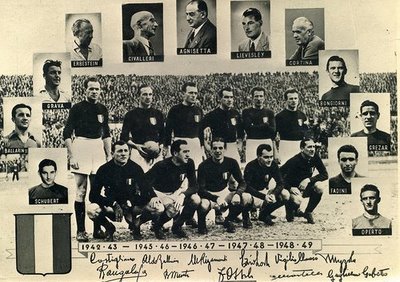
After the war got over, Lazio, and with them the entire league faced a new nemesis in the form of “il Grande Torino“or The Great Torino. That team of 1940’s was one of the best that ever played in football history, and were among the first ones to use the 4-2-4 formation; even before Brazil used it so successfully in 1958 WC. Some of their tactics also helped mould the revolutionary “Total Football“, which was used effectively by Netherlands. However, that great team suffered one of the most horrific deaths when the entire team was wiped out in the Superga disaster.
Faced with such an imposing team, Lazio fared horribly. However, their mediocrity in the 40’s was to change into European silverware in the 50’s. Their forays in the Latin Cup and the Mitropa Cup put them on the European map for sometime. On the domestic front, there were mixed results. Top four finishes were interspersed with mid-table positions, making it not much of a memorable decade for the Aquilotti. In a bid to bring success to the club, new players were brought in, in the form of twice-Scudetto winner – Ermes Muccinelli and the Swedish forward, Arne Selmosson, who would go on to become the only player in history to have scored for both Lazio and Roma in the Derby della Capitale. At the end of that decade, however, came their first major silverware – the Coppa Italia in 1958.
The dark years
A massive shock came their way when they were relegated to Serie B in the 1960-61 season. What was more disappointing was that they failed to gain qualification to Serie A the following year, when they were just a point away. Guided by the Argentine coach, Juan Carlos Lorenzo, they fought their way back and celebrated their promotion with a third place finish in the league. Financial crisis struck Lazio soon after, and they were relegated once more. After a gap of four years, Lorenzo once more donned the coach’s cap, and he duly led Lazio to their first Serie B title. Their joy was once more short-lived as they were, once again, relegated in the 1970-71 season. What would follow after this was one of Lazio’s most successful periods.
The first Scudetto and “that” 1974 side
The 1972-73 team was both a famous as well as an infamous bunch. While their exploits on the field earned them widespread applause, their behavior off the pitch left a lot to be desired. The 1974 team was really one of a kind. According to Guy Chiappaventi, the author of “Guns And Balls”, some of Lazio players carried around real guns. Quoting him – “They were madmen, wild and emotional, there were fascist sympathizers, men who liked to shoot and go parachuting, they were gamblers and night clubbers. They formed different clans, and anybody going into the wrong hotel room had a chance of having a broken bottle pushed against his throat.” One of the foremost members of that squad was Giorgio Chinaglia, who came to be known as “Long John” and he too was reported to have carried a Magnum .44 with him.
The relationship between the players was so bad that they even changed in separate dressing rooms, which were split along personality and professional lines. There was also a very real threat of punches being thrown around should anyone attempt to cross the “divide”. Violence in training matches was rampant and it is also said that some of the players only wore shin pads during those matches and not in regular Seria A fixtures. Taking a break from fighting amongst themselves, they also carried on the same with Arsenal and Ipswich players and staff in the European matches. On one occasion, while traveling to such an away match, the pilot of the airplane even refused to fly unless the weapons were left behind.
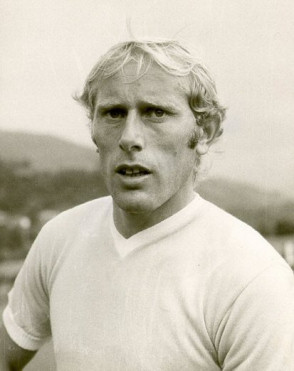
Such is the tragic irony that one of the midfielders of that time, Luciano Re Cecconi, died tragically from a gunshot wound, in spite of denouncing this “worship of bullets”. It happened one winter evening when Re Cecconi and his team-mate Piero Ghedin went to a jeweler’s shop. Thinking about having a laugh at the shop owner’s expense, Re Cecconi suddenly shouted “Stop, this is a robbery” . The jeweler, Bruno Tabocchini, was not particularly amused at that, and he instead whipped out a real gun and pointed it to Ghedin. He immediately thrust his hands up in the air, but Re Cecconi failed to do so when the shopkeeper turned on him. He was shot at close range. He died within half an hour, whispering “it’s a joke, it’s a joke“.
However, their success cannot be denied. They won the League title in 1973-74 fair and square, sweeping everyone that lay in their path. Tommaso Maestrelli was the coach of that disparate team which he managed to mould into a Scudetto-winning one. However, fate would have the last laugh as he was diagnosed with stomach cancer the following year. With the eventual departure of Maestrelli, the team degenerated into demented factions, and it was hardly a surprise that they struggled with relegation in the 1975-76 season. Chinaglia departed for foreign shores after that and Lazio once more plunged into darkness.
Betting scandals and their second Scudetto
Lazio followed Milan into Serie B, when they were accused of placing illegal bets on their own matches. They returned to the top tier in 1983, only to return to Serie B in 1986, after one of the players were involved in a betting scandal. Faced with a 9-point deduction, they were almost on their way to Serie C but somehow managed to stay afloat with playoff wins against Taranto and Campobasso. The year 1992 saw the arrival of Sergio Cragnotti and with him came Lazio’s most successful period in their history.
Superstars were brought in left and right in a bid to consolidate their position as a top-flight club. Among the ones who came in were – Juan Sebastian Veron, Christian Vieri and Hernan Crespo. Between 1993 and 1997, they always managed to finish within the top five. In 1997-98, they won their second Coppa Italia title and the next year they won the Italian Super Cup. On the European front, they won the UEFA Cup Winner’s Cup and UEFA Super Cup in 1999 season, defeating Manchester United in the final. Lazio achieved a unique “double” in the 2000 season when they won their second only Scudetto title. The man behind the seven titles was none other than Sven-Göran Eriksson and he went on to become Lazio’s most successful manager till date.
Follow TheHardTackle on twitter @thehardtackle
Follow the author on twitter @Cyb0R9
